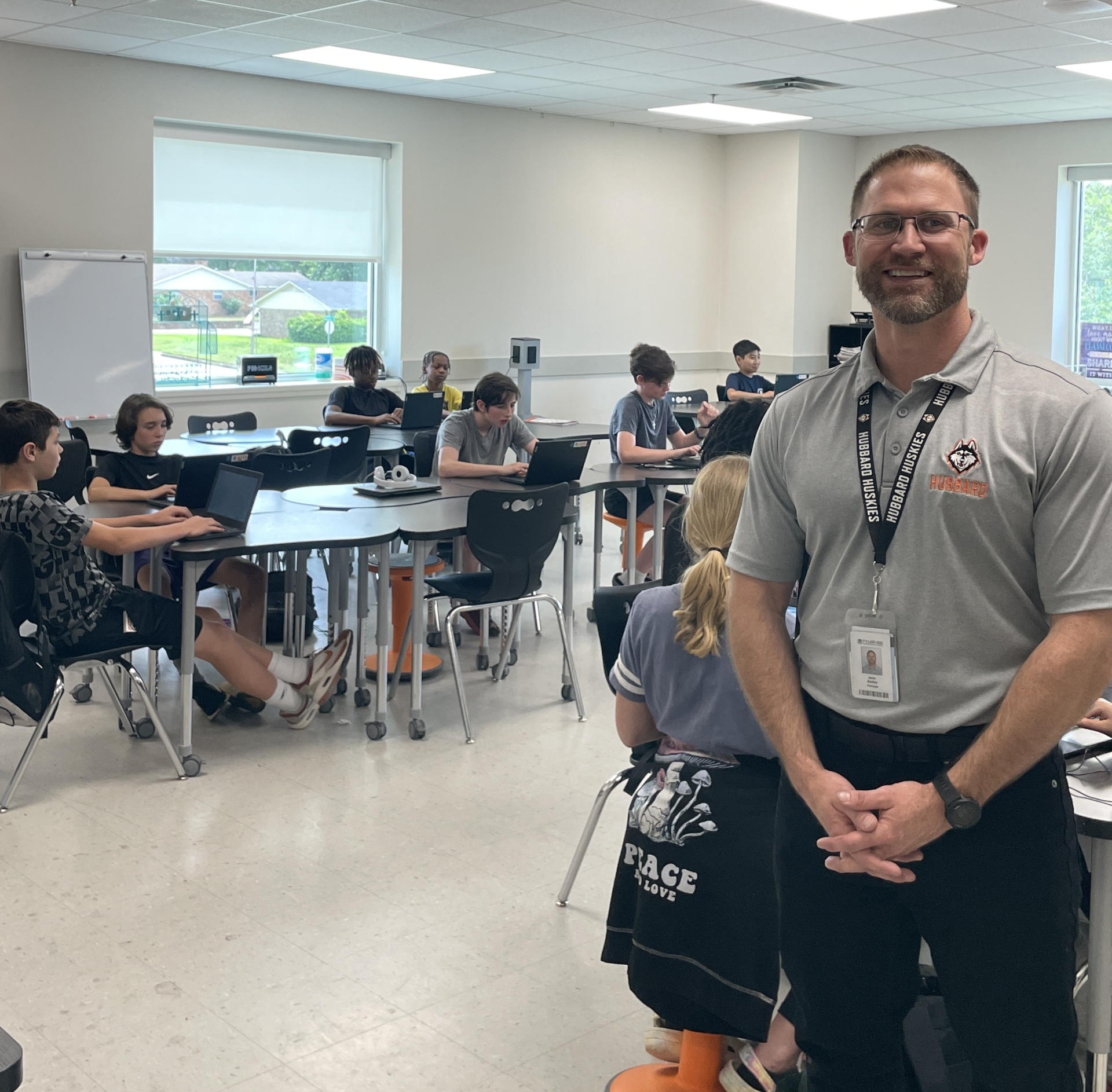Less Hustle, More Leadership: Principal John Smiley’s Post-Pandemic Pivot

“The pandemic had caused me to operate in ways that were completely anathema to my mission. It was not my job to sub in classes, empty trash, move tables, hang up signs, and make copies. Just because I had performed these functions under emergency conditions didn’t mean I should continue to do so. I knew that if I refocused my attention on coaching, training and developing my staff, we would all get better.”
CHALLENGE: Filling In For Post-Pandemic Staffing Cuts
John Smiley serves as the Principal of Hubbard Middle School, an AVID National Demonstration Campus with an enrollment of 900+ students in Tyler ISD, located in Tyler, Texas. Coming out of the pandemic in 2021, he faced significant challenges in maintaining a healthy work-life balance, largely due to widespread staffing cuts across the district. His campus, like many others, lost key personnel including interventionists, master teachers, media technology specialists, paraprofessionals, curriculum and instruction staff, custodians, and substitutes.
“I was often subbing in classrooms 3-5 hours per week, trying to figure out how to make up for all the cuts, and overloaded with additional responsibilities. I ended up working 60+ hours a week and doing multiple jobs that were clearly not mine.” Amid these pressures, the school leadership team was also expected to accelerate post-pandemic learning recovery and student growth. With fewer resources and a growing list of demands, John’s focus on instructional leadership blurred, while urgent operational needs consumed his time.
MINDSET SHIFT: The Emergency Has Ended, Back To The Real Work.
The Breakthrough Coach Program re-awakened John from his pandemic stupor and reignited his passion for school leadership. “Sitting in the Foundations Course, I realized that I had allowed the pandemic to undermine my instructional leadership skills. The circumstances had caused me to operate in ways that were completely anathema to my mission. It was not my job to sub in classes, empty trash, move tables, hang up signs, and make copies. Just because I had performed these functions under emergency conditions didn’t mean I should continue to do so. I knew that if I refocused my attention on coaching, training and developing my staff, we would all get better.”
SOLUTION: Let Go And Let Staff Do
John returned from his Breakthrough Coach experience and embraced several practical strategies that reinforced his mindset shift and instructional leadership focus. He let go of the comfort and clutter in his office that often kept him tethered to his desk and converted the space into a conference room. “This intentional simplification immediately encouraged me to spend more time in classrooms and be visible across campus,” he commented.
He started meeting every day with his secretary, Chris, and empowered her to take charge of front office operations. This freed him up from handling basic service issues and developed Chris’ capacity to manage school operations and provide leadership support.
Additionally, John returned to delegating event production and manual labor responsibilities to staff. “I consciously chose to trust my staff, to let go, and to create a calm, distraction-free work environment. By doing this, I was finally able to tap into the full potential of my school leadership team and redirect my own energies toward the core mission of teaching and learning,” said John.
OUTCOMES: ABC – Achievement, Balance, Contentment
Since participating in The Breakthrough Coach educational leadership training, John has seen meaningful improvements in both his professional effectiveness and personal well-being.
- He has significantly increased his time in classrooms—from 5–8 hours per week to 15–20—allowing him to directly support instruction and teacher development.
- Although his staff’s responsibilities have increased, staff satisfaction, as measured by his school’s Organizational Health Index Score, has surprisingly risen from 96 to 97.
- John now puts in a sustainable 45-hour workweek, down from 60, which has given him time and space to re-engage in his personal priorities including family, church, exercise, reading, and working outdoors on his land.
“Most importantly, student performance is trending in a positive direction with school data showing movement from a C to a B rating,” said John. “It demonstrates that strategic leadership and balance leads to stronger outcomes across the board for our school.”
CONCLUSION:
John’s Breakthrough Coach journey offers valuable insight into how the program supports school leaders to achieve healthy work-life boundaries and improved academic outcomes. By taking a critical look at his core assumptions and default habits, John was able to shift his daily efforts from reactive, task-driven work, toward intentional instructional leadership. This shift improved John’s quality of life and refocused his attention on what matters most—student achievement and instructional quality.
